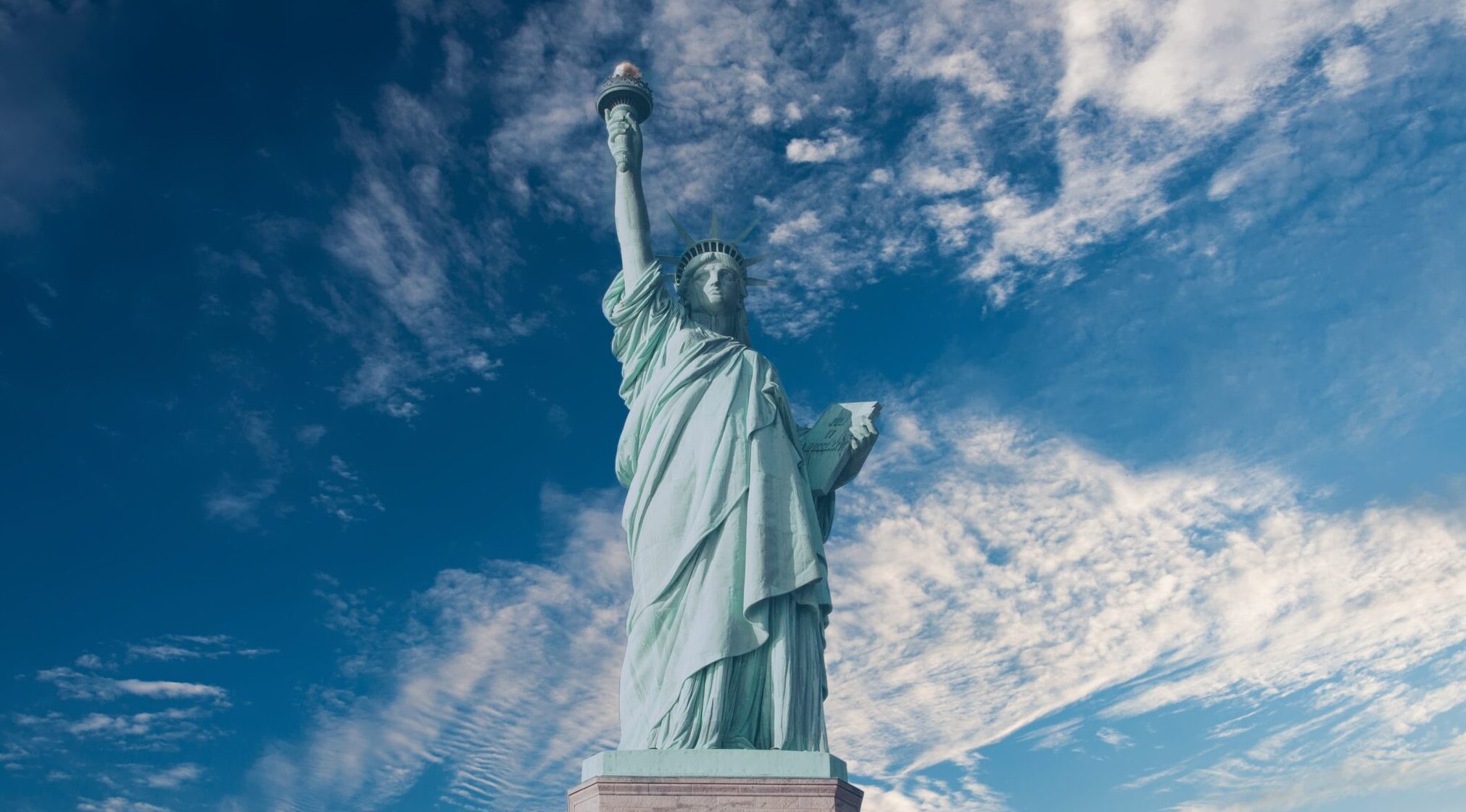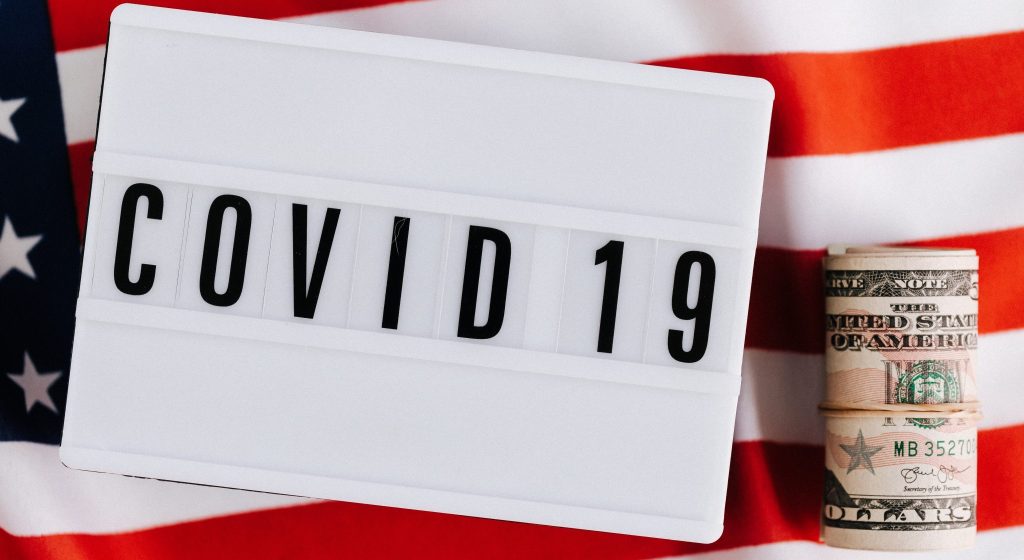President Joe Biden has already signed off on far more executive orders than former presidents Donald Trump, Barack Obama, or George W. Bush did in comparable periods at the beginning of their terms. As of Feb. 25, Biden has already inked 63 executive orders, with implications spanning various vital industries and sectors.

His ‘’Buy American’ plan is a continuation of the 1933 ‘Buy American Act.’ It requires “federally funded public projects use domestically produced iron, steel and manufactured goods unless doing so increases project costs by 25% or more,” noted a February report by Scott Beyer and Ethan Finlan in the City Journal, an urban-policy magazine.
Critics of that executive order see its blanket approach as counterproductive. For one, it doesn’t reduce U.S. dependence on essential foreign goods. Secondly, some believe it may hamper the restoring of ties with allies shunned during Trump’s tenure. “It might jeopardize the very strong and integrated supply chains that exist between our two countries,” Canada’s Foreign Affairs Minister Marc Garneau told CNN in January.
Nonetheless, Biden’s resolve to pursue that “protectionist” policy has so far been unwavering. “American manufacturing was the arsenal of democracy in World War II and it must be part of the engine of American prosperity now. That means we are going to use taxpayer money to rebuild America,” Biden wrote on Twitter in July 2020.
Analysts believe that this policy is vital to America’s economic recovery. “Joe Biden’s ‘Buy American’ isn’t bad, it’s necessary,” wrote Rana Foroohar, a Global Business Columnist and an Associate Editor at the Financial Times, in a January op-ed. “It is more than just Trump’s MAGA slogan with a kinder face.”
Policy continuation?
Trump issued an executive order urging the federal government to purchase more U.S.-made products and use tariffs as a weapon against imports. Biden has said he “doesn’t immediately plan to tweak Trump’s trade policies or issue new tariffs, instead using the federal government’s massive purchasing power to spur domestic industry,” reported AFP.
Although Biden has wasted no time in attempting an “aggressive rollback of the agenda of his predecessor, that doesn’t mean a few things won’t survive,” wrote Morgan Chalfant and Rebecca Beitsch for The Hill last month. As Naomi Lim put it in a report for the Washington Examiner, Biden’s “Made in America” plan “has all the hallmarks of Trumpism.”
“We are moving from an ‘America First’ trade policy to a trade policy that is going to be built much more in consultation with allies,” said Edward Alden, a senior fellow at the Council on Foreign Relations. “There is going to be a lot more effort to work with allies more closely on economic and trade policy. You could not have a sharper departure from the Trump approach.”
“Big corporations and special interests have long fought for loopholes to redirect American taxpayer dollars to foreign companies where the products are being made at a cheaper cost,” Biden stated in the announcement of his “Made in America” executive order.
“There are already restrictions for how many foreign products can be bought and assembled in the United States, but various loopholes typically allow the true number to exceed federal limits,” wrote Clyde Hughes for UPI in late January. “Trump’s “Buy America” order in 2017 did not close the loopholes.”
“Washington spends $600 billion each year on contracts,” reported AFP and Reuters. Accordingly, the order tightens loopholes that allow federal agencies to buy goods made in America, “but which are often manufactured by companies that only produce a small portion of their products in the United States,” noted the media outlets.
Protectionism
“The raison d’être for [the ‘Buy American’ executive order] is protectionism: limiting foreign competition to encourage job creation and wage increases for those working in manufacturing. Another more nationalist justification is that the U.S. is stronger when it has a robust manufacturing sector,” wrote Beyer and Finlan.
Scott Paul, the Alliance for American Manufacturing president, told CNN he is “eager to see Biden close the loopholes in the current federal procurement process [and] follow through on his campaign promise to purchase $400 billion in American-made goods and materials for infrastructure projects.”
Some believe that protectionism can add undue inefficiencies no matter the industry or jurisdiction involved. “The enhanced ‘Buy American’ program may also suggest that Biden plans to continue the broader protectionist policies of the Trump administration, such as tariffs, which have cost consumers billions of dollars and angered U.S. allies,” wrote Beyer and Finlan.
“Trump talked about buying American and hiring American a lot, but his executive orders didn’t amount to much at all,” said Paul. “There’s an opening here for Joe Biden to really be a ‘Made in America’ president.”
A critical component of the ‘Buy American’ and ‘Made in America’ plans involves the relationship with America’s largest trade partner and geopolitical rival, China, which Trump severely strained. “The new administration has laid out an approach [to China] that will focus on competition and move away from Trump’s more confrontational tactics,” wrote Chalfant and Beitsch for The Hill.
Alden, of the Council on Foreign Relations, said Biden would be more likely to move quickly to undo Trump’s tariffs on European goods. “I think the most striking thing is how deliberate and patient they are being on the China trade front,” he said. “They are moving very slowly and deliberately to review options on China trade, not moving quickly to undo the Trump record.”
Made in America
Besides updating laws and regulations governing the federal government’s budget, “the order attempts to strengthen existing provisions giving workers and manufacturers in the United States preferential treatment, some of which haven’t been changed since 1954,” wrote Lim. “Specifically, Biden is asking agencies to tighten the requirements that need to be met for a product to be considered made in the U.S. He’s also requesting that they make it tougher for the government to justify buying foreign goods because of price. To oversee the reforms, he will appoint a ‘Made in America’ director within the Office of Management and Budget who will centrally review any waivers granted and mandate biannual evaluations of the policy.”
Biden’s order aims to support small and medium-sized businesses through the Manufacturing Extension Partnership. It also reinforces the importance of the longstanding Jones Act, which means only U.S.-flag vessels can carry cargo between American ports.
“The goal is to make sure that companies can’t undermine or get around the purpose of the ‘Made in America’ rules by importing largely foreign-made products, making modest changes or tweaks on shore that add little value for American workers or American industry and don’t actually utilize America’s manufacturing capabilities,” an unnamed senior administration official told the media in February. It would also “close loopholes so that content rules drive new opportunities for American businesses and workers,” he added.
Nagle and Kolinovsky say Trump’s equivalent executive order in 2017 “did not significantly increase purchases of U.S.-made goods.” A spokesman for the Biden administration said, “When you look at the outcome, there was no real material change in the way in which domestic content was measured, the stringency of the domestic content requirements or the utilization of waivers to the ‘Buy American’ provisions.”
The coronavirus pandemic introduced an element of national security into the debate, highlighting vulnerabilities in the country’s supply chains for critical materials like medical equipment, masks, and other personal protective equipment. “We can never again be in a position where we have to rely on a foreign country that doesn’t share our interests in order to protect our people during a national emergency,” Biden said in January.
The Biden administration is pitching the ‘Made in America’ plan as an effort to not only help U.S. businesses during the pandemic but also to begin addressing structural inequality in the economy. “We immediately got to work to contain the pandemic and deliver economic relief to millions of Americans who need it the most. And today we’re getting to work to rebuild the backbone of America: manufacturing, unions, and the middle class,” the U.S. president said at a January White House media briefing.
On the whole, changes set in motion by the Biden executive orders “will be highly consequential for the vast majority of companies that contract with or supply the U.S. government,” noted a January litigation paper by the Washington-based Miller & Chevalier law firm. That means companies must update their procurement and supply chain processes to ensure compliance. “Effecting these internal changes can be complex and resource-intensive,” noted the document. “Any adjustments must be implemented thoughtfully to avoid the very real prospect of any ‘Buy American Act’ enforcement action under the civil False Claims Act (FCA).”
Other economy-related executive orders
Below is a record of President Joe Biden’s executive orders relating to the economy as of February 28, 2021. All coronavirus executive orders were omitted.
02/24/2021: Executive order reviewing America’s supply chains, directing government departments to study the U.S. supply chains on batteries, pharmaceuticals, semiconductors, rare earth, and other materials manufactured in China.
02/01/2021: Executive order on keeping tariffs applied under the Trump administration to aluminum imports from the United Arab Emirates, citing the need for domestic production of aluminum for national security and reviving industry.
01/25/2021: Executive order to strengthen ‘Buy American’ rules by closing loopholes and reducing waivers granted on federal purchases of domestic goods.
01/22/2021: Executive order calling for assistance to those struggling to buy food or who missed out on stimulus checks or are unemployed.
01/22/2021: Executive order to restore collective bargaining power and worker protections for federal workers and to lay the foundation for a $15 minimum wage.
01/20/2021: Executive order extending the existing nationwide moratorium on evictions and foreclosures until at least Mar. 31, 2021.
01/20/2021: Executive order extending the existing pause on student loan payments and interest for Americans with federal student loans until at least Sept. 30, 2021.







